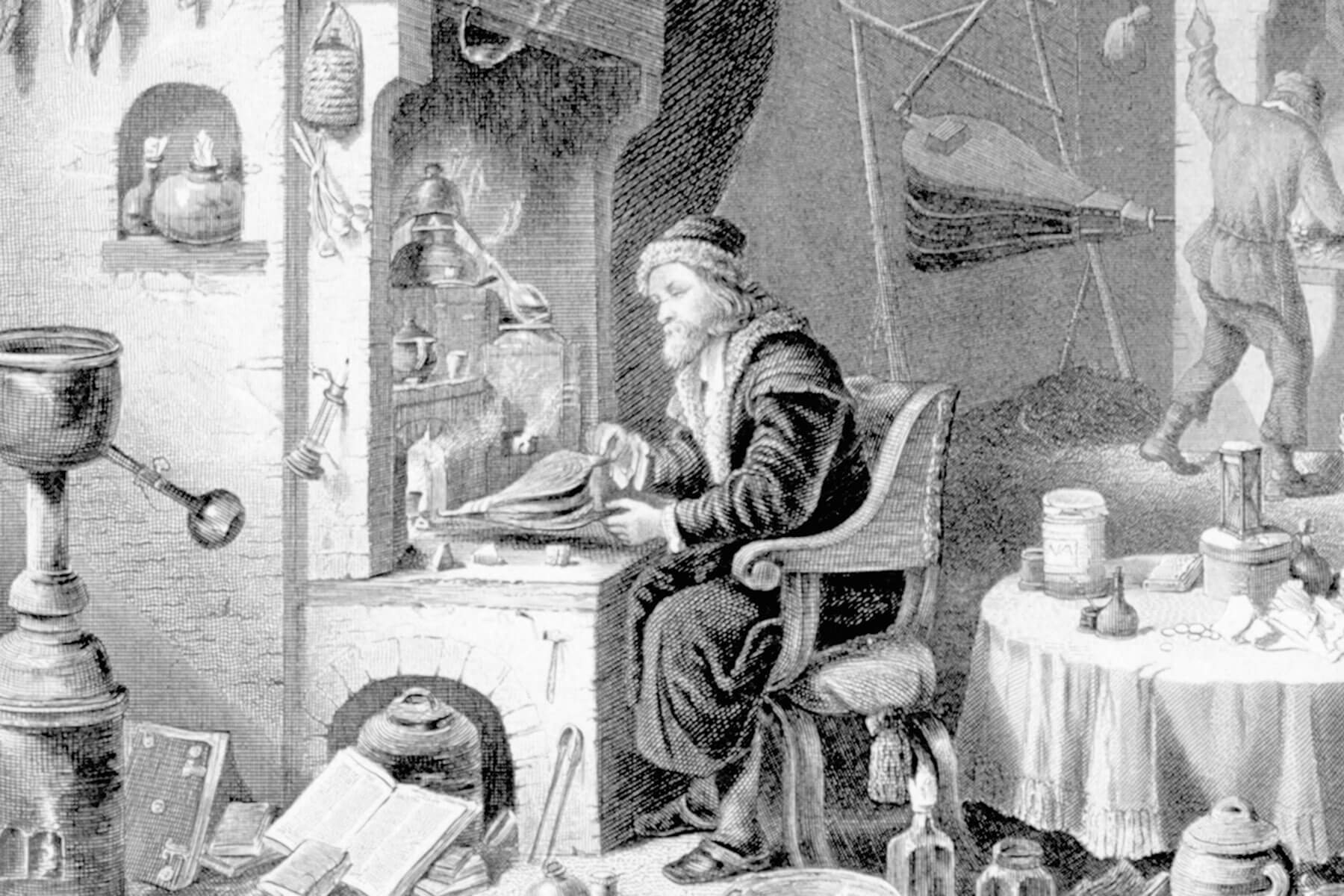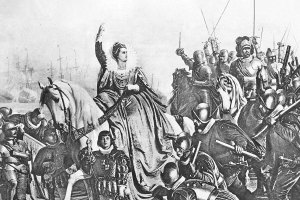How People Practiced Magic in the Middle Ages
Magic — the wielding of supernatural forces — was a part of everyday life in the Middle Ages, although some forms were considered far more insidious than others. At one end of the spectrum were forces seen as natural and helpful. This kind of white magic was even practiced by monks and priests, despite Christianity’s increasingly hostile attitude toward such practices. And then there was black magic, a harmful and unnatural practice otherwise known as sorcery.
The distinction between magic and religion during this time was sometimes hard to define. Churches in medieval Europe had both appropriated and Christianized native pagan practices and beliefs, and so elements of what could be seen as magic existed within the now-dominant religion. By the late Middle Ages (around 1350 to 1450), however, Christianity took a far stauncher attitude to what it saw as the worryingly widespread and dangerous remnants of pagan culture.
During this period, people were increasingly put on trial for maleficium, the term used to define sorcery or dark magic. In the 14th century, the accusation of maleficium was mostly aimed at men. It was not until later, with the publication of clergyman Heinrich Kramer’s Malleus Maleficarum in 1487, that dark magic was associated more directly with women, at which point there was a sharp rise in witches (both accused and self-proclaimed) and witch trials.
Practitioners of black magic, including wizards, sorcerers and, later, witches, had a number of tools to call upon to perform their dark arts. Here are some of the practices they might have used during the magical times of the Middle Ages.

The Grimoire
No self-respecting sorcerer would be seen without a grimoire. Practitioners of black magic needed a way to learn and advance their craft, and these instructions were found in grimoires, which served as a kind of textbook, giving sorcerers all the necessary instructions for casting spells, raising spirits, and various other dark wizardry. Grimoires were of little use to the common person, however, simply because they required a certain level of education to use — primarily the ability to read.





















